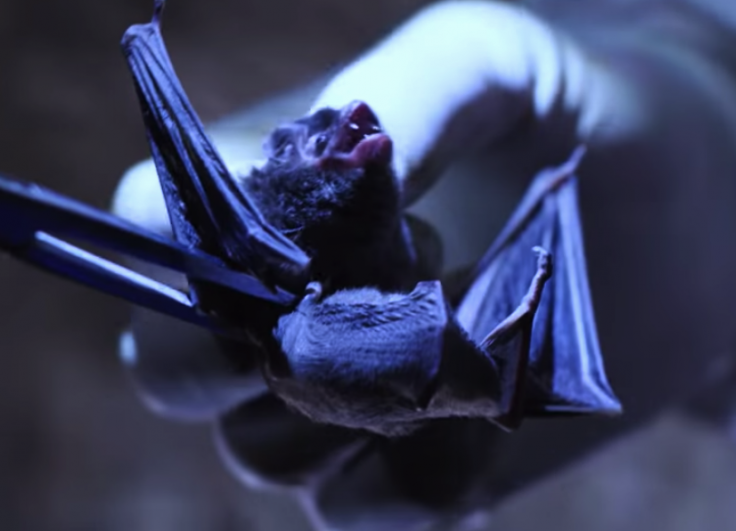Ever since the novel Coronavirus outbreak first appeared in China, several theories have emerged about its origin and spread around the world. But now scientists from Canada came up with a new theory claiming that the virus genome may have been spreading among humans since 2013 just after the Middle East respiratory syndrome (MERS) outbreak, but the variant may have evolved over the years.
The study conducted by scientists at the University of Calgary, Canada includes a deeper analysis of the possible origins of the SARS-CoV-2. The research paper also includes key details related to ACE-2 receptors and their role in making the virus infectious.

As per the findings of the study, currently available in bioRxiv, the virus takes time to mature and manifest into a more deadly form. The scientists from Canada also noted that the microorganisms could still be highly virulent and infectious in humans in the early stage.
If this research which is under peer review holds up, it will blow apart the accepted timeline about the virus and the idea that it originated in China.
Novel Coronavirus
The researchers at the University of Calgary analyzed the current variant of the spike protein of SARS-CoV-2 and how strongly it binds to the ACE-2 receptor in humans (hACE-2). The binding between the spike protein of the novel Coronavirus and the ACE-2 receptors on human body cells precisely helps the SARS-CoV-2 enter into healthy cells.
The scientists studied 479 genome sequences of the novel Coronavirus gathered between December 30, 2019, and March 20, 2020 to conduct the study and used the sequence to discern its phylogeny, which means the evolutionary development of the virus and relation to other closely related viruses. During the research, the Canadian scientists found about 16 variants of the virus and about 11 missense mutations in more than five percent infections, with their own phylogenetic tree.
It was revealed that the genome of novel Coronavirus has been found to have at least 96 percent similarity to a bat coronavirus, RaTG13, and about 90 percent to a pangolin coronavirus, Pangolin-CoV. Previously, it was claimed that SARS-CoV-2 is a combination of both these viruses that got created due to a co-infection in a host.

To understand the origin, scientists tried to make the ancestral sequence of the receptor-binding domain of this virus' spike protein. The scientists created a common ancestral RBD sequence for all SARS-COV-2 viruses and labeled it N1 and its common ancestor with closest animal virus labeled as N0.
The Research Findings
Scientists noticed that the N1 sequence was the same as the reference sequence from the SARS-CoV-2, while the N0 sequence was unique, suggesting the unique origin of the virus and the two RNA/DNA sequences only differ at four positions.
The study says the ancestral sequence has given rise to several descendants. The scientists said that their finding revealed that the RaTG13 is one of the closest relatives of the SARS-COV-2 virus. They said that since the RaTG13 was found around 2013, the original ancestor of COVID-19 causing virus must have been around at that time as well.
As per the new study, there is a possibility that the ancestor of the virus could have been infecting humans for a long time but the symptoms were not very prominent.
Recently, as per a different study conducted by the researchers at the University of Barcelona, it was revealed that they found the novel Coronavirus in a frozen Barcelona wastewater sample from March 12, last year. They were examining samples from two large wastewater treatment plants in Barcelona to detect the evolution of the novel Coronavirus in the city.
They started to analyze the weekly samples from April 13 to May 25 and also studied frozen archival samples from earlier in the year. The researchers found the SARS-CoV-2 in Barcelona sewage as early as January 15, 41 days before the first official case was confirmed in the city.









